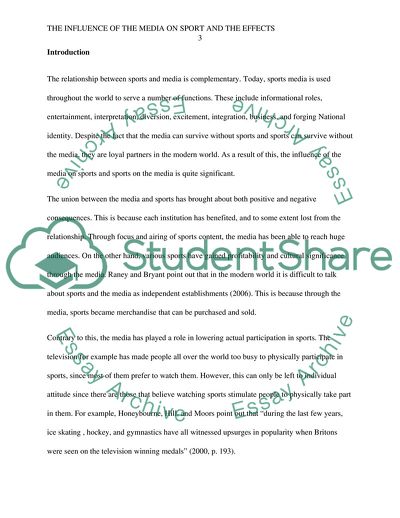Cite this document
(The Influence of the Media on Sport and Its Effects Term Paper, n.d.)
The Influence of the Media on Sport and Its Effects Term Paper. https://studentshare.org/media/1799107-the-influence-of-the-media-on-sport-and-the-effects
The Influence of the Media on Sport and Its Effects Term Paper. https://studentshare.org/media/1799107-the-influence-of-the-media-on-sport-and-the-effects
(The Influence of the Media on Sport and Its Effects Term Paper)
The Influence of the Media on Sport and Its Effects Term Paper. https://studentshare.org/media/1799107-the-influence-of-the-media-on-sport-and-the-effects.
The Influence of the Media on Sport and Its Effects Term Paper. https://studentshare.org/media/1799107-the-influence-of-the-media-on-sport-and-the-effects.
“The Influence of the Media on Sport and Its Effects Term Paper”. https://studentshare.org/media/1799107-the-influence-of-the-media-on-sport-and-the-effects.


